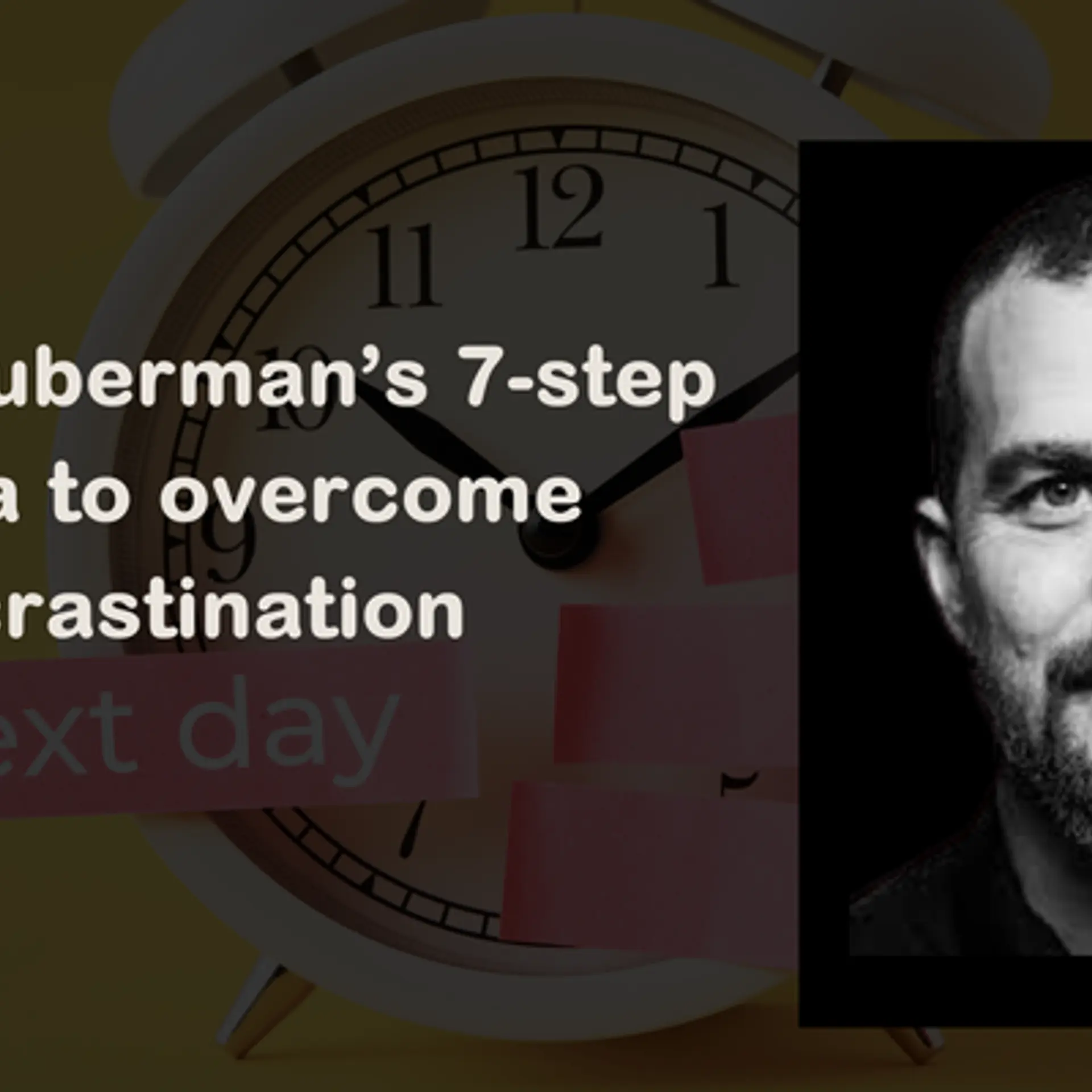Bootstrapped and growing at 100% YoY Zerodha aims to transform the growing fintech market
After being an active trader for close to a decade, there was one aspiration Nithin Kamath had before starting Zerodha: become the broker he never had. "So there was not just this one Eureka Moment, but the frustration that most of my earlier brokers had caused slowly culminating into starting Zerodha," the Founder and CEO says.
A one-of-its-kind brokerage firm, Zerodha has memberships on all the stock, commodity, and currency exchanges in India. The team is believed to be one of the first in India to disrupt the existing pricing structure by introducing a flat fee-per-trade model.
The beginnings
Starting the business on a shoestring budget, Zerodha had to work in a highly regulated and controlled environment. The real challenge, according to Nithin, was convincing clients that offering their services at low costs did not mean a compromise on quality. Zerodha claims to offer the best platforms at the lowest costs.
Nithin's younger brother Nikhil joined him when he was 17 years old. The duo had started an advisory business called Kamath Associates around 2006. Nithin says that Nikhil is an astute trader with over a decade of experience, and has a track record to brag of being profitable for 36 months in a row.
He specialises in designing trading systems to profit from market inconsistencies using various derivative strategies. He ensures that they don't compromise by taking excessive risk.

On Venu Madhav, COO of Zerodha, Nithin says,"Venu and I were flatmates; both our parents were working in Canara bank. Younger to me by almost seven years, he quit his job at HP to join me when I was just a sub-broker of Reliance Money, and struggling to pay monthly salaries on time," adds Nithin.
Hanan Delvi is the Chief of Client Relation. He joined Zerodha in 2009 to learn trading and simply decided to stay back. Seema Patil, Nithin's wife too is a part of the core team. "Kailash is a PhD in Artificial Intelligence and Computational Linguistics, and is the brain behind all our technology initiatives in our quest to put Zerodha on the global map," says Nithin.
Technology and the initiatives
Nithin explains their key initiatives:
- PI – Pi is an advanced trading platform with advanced technical analysis and over 10 different chart types, 80 built-in technical indicators, and 10 drawing tools for annotation. One can also trade directly off charts with a single click or by drawing target lines
- KITE - KITE is a minimalistic web-based trading platform that adapts to mobiles and tablet, offering everything a traditional platform does, and a lot more, through a minimalistic interface. KITE searches across 70,000 stocks and instruments across multiple exchanges instantly with live streaming prices for all the instruments. It has advanced technical analysis charting (99 indicators) and five years of free historical data for all stocks. In the coming months, KITE will soon be launched in 10 major Indian languages.
- Expert advisors – Comprehensive list of public expert advisors and their trade scripts codes. It helps traders to backtest their strategy on PI and sees its past performances.
- SPAN calculator - The Zerodha SPAN calculator is an online tool that lets you calculate comprehensive margin requirements for option writing/shorting or for multi-leg F&O strategies while trading equity, F&O, commodity and currency before taking a trade. No more taking trades just to figure out the margin that will be blocked.
- Q – Q is the next-generation back-office system being built by Zerodha. It is claimed to be a financial digital assistant with cutting-edge designs and a fast advancing technology fit for Indian traders and investors
- Quant – Quant is like a trading journal with insights on best trading periods, most profitable streaks, optimal position sizes, contracts and more, all intelligently compiled from past trading behaviour
- Insider trading - Insiders are individuals with access to non-public information about a company and are usually the promoters, CAs and employees. Zerodha Insider Trading tool let's you track any significant trade by insiders of listed NSE/BSE companies and keeps you updated on what people who are privy to more information than you are doing with their stock.
Growth and traction
Zerodha claims to be growing at 100 per cent YOY and has a consistent QOQ growth as well. Currently, it has more than 80,000 clients across the country contributing Rs 8,500 crore as average daily turnover in various exchanges. "For the FY 2014-15, our annual topline revenue was around Rs 70 crore and our target is to be a Rs 100-crore company this year in terms of revenue with similar margin percentage," adds Nithin.
Following a flat organisational structure, Zerodha claims to be the only brokerage company in India where no one has a brokerage target. This, according to Nithin, is to ensure that nothing is mis-sold to clients.
Focussing on fintech
The bootstrapped team has also started an incubator called Rainmatter with a focus on fintech and an allocated corpus of over Rs 25 crore. It is working with startups to build the Indian capital markets.
"Some of the businesses that we are currently working with are Tradelab and Neotrade analytics, where we have invested Rs 2.5 crore and Rs 1.5 crore respectively. We also have three other fintech startups working on stealth mode," says Nithin.
He adds that the plan is to continue to innovate, disrupt, and grow the Indian capital markets. According to him, even though depositories claim there are close to 20 million demat accounts, the active may not be more than one to two million. "That is just 0.1 to 0.2 per cent of Indian population. We hope to play a part in taking this 0.2 per cent to say five per cent of Indian population," Nithin says.
The market space
India is a prime landscape for entrepreneurs using technology to promote financial inclusion. India presents a curious case study in this segment. In the country where 60 per cent of Indians are unbanked and 90 per cent of small businesses have no links to formal financial institutions, over 60 per cent of countrymen own mobile phones and over 60 per cent will own a smartphone by 2019. This growth around smartphones has ushered in a new era in the financial sector in the country.







